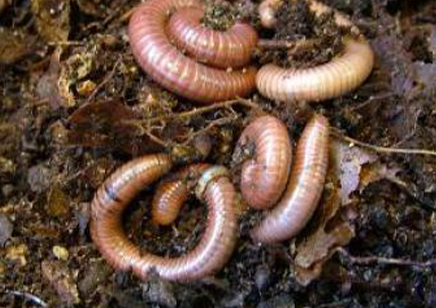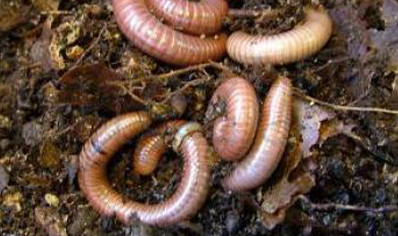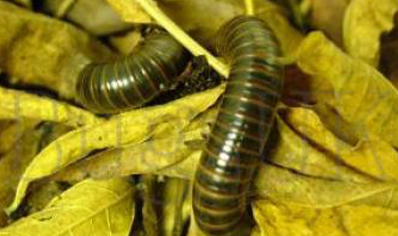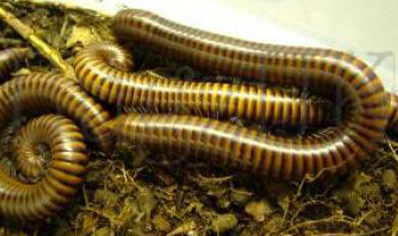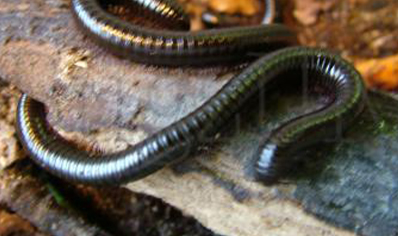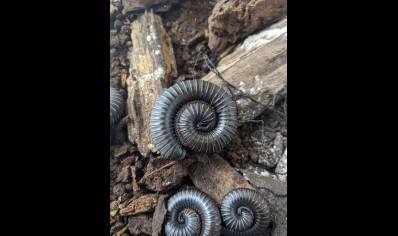Millipedes: Spirostreptus Brachycerus...pink form
A small millipede growing to 9 or 10 cm at most, the whole body being a uniform pink colour
This millipede spnds most of its time underground forming underground caverns and tunnels to rest in.
Taxonomic Classification
- Kingdom:
- Phylum:
- Class:
- Order:
- Family:
- Sub Family:
- Genus:
- Species:
Order Now!
Minimum order £10 + Postal Charges
All payments are made through a secure payments system click here for more information.
0.5 - 4cm
£0.00
Out of Stock
4 - 8cm
£0.00
Out of Stock
8- 12cm
£0.00
Out of Stock
12 - 16cm
£0.00
Out of Stock
Care Sheet
Spirostreptus brachycerus (pink form) :Tanzania: pink earthworm millipede
This species is a fossorial species, mainly spending most of its time underground.
It requires a deep substrate of ideally 15cm so as to enjoy constructing its tunnel systems underground
HOUSING
Needs a small vivarium at least 20cm x 20cm x 20cm, with at least 15cm of moist to the touch substrate. Must have cross ventilation to avoid any mould build up
SUBSTRATE
Substrate can be made by combining the following
50% humus :
This is the top 1" or so of humus found under a deciduous tree,and is basically a layer of sediment created from broken down leaves from several years ago mulched into a thick layer of humus. You can collect this from your local woods....under no circumstances can you use anything from pine trees.
20% last years leaves :
This is the fallen leaves from last year which are brown and part broken down
20% shredded decaying wood
Use deciduous wood that crumbles easily between your fingers
5% Playpit sand or bird grit/sand
ordinary shop bought play pit sand from any decent hardware store (DO NOT use builders sand), or grit/sand sold for use with pet birds
5% ground cuttlefish bone or powdered garden limestone
either shred a cuttlefish bone with a sharp knife, or buy ground limestone which you can find in any large garden centre
Mix all the ingredients together in the quantities suggested and then you have your substrate mix
Lay about 7 to 8 cm of the mix in the bottom of the vivarium and tamp it down so that it is a little compacted, the make up to 10 to 12 cm with the rest of the mix, lightly tamped down
TEMPERATURE AND HUMIDITY
Ambient temperature of 22 to 24 degrees
DO NOT use heat mats under the substrate under any circumstances
Relative humidity 70 to 80 degrees
FEEDING
the millipede will feed on the constituents of the substrate, but will also take many fruits and vegetables. Particular favourites are
cucumber
melon
banana
cooked sweetcorn
oranges
REPRODUCTION
This species readily mates and breeds in captivity
Males and females will readily mate in captivity and will often deposit eggs Males can be identified easily as the legs on the 7th segment are replaced by gonopods. Mating is conducted face to face, the pair often remaining coupled for long periods
The young should be left with the adults as they will often feed on the fecal pellets of the adults, giving them the much needed bacteria contained therein

